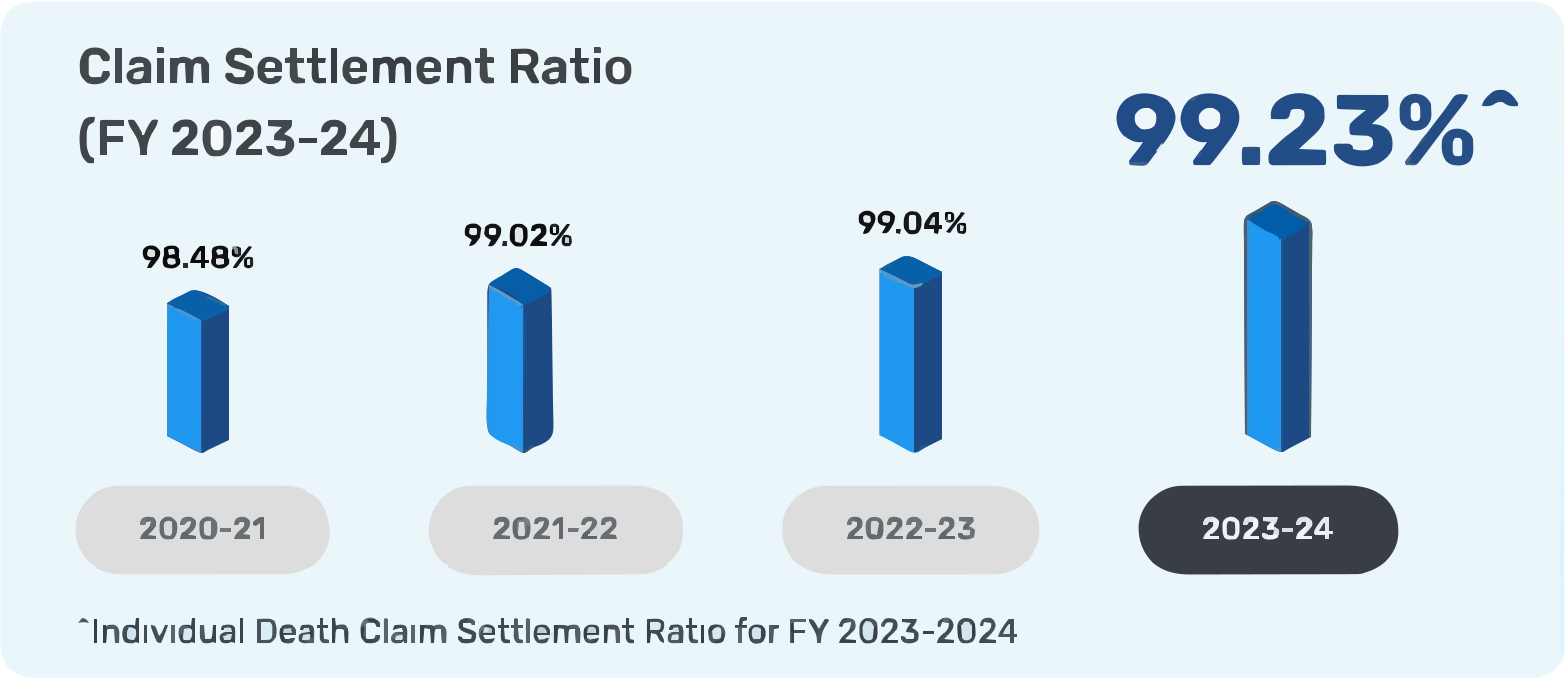The term insurance premium you may have to pay is based on multiple factors, such as:
Age:
As people age, their immune systems may weaken. They may become more vulnerable to illnesses, such as diabetes, blood pressure, heart attacks, etc. As a result, their mortality risk or the likelihood of their passing away due to medical reasons may increase. An increased mortality risk may lead to a rise in the term insurance premium rates as well.
Gender:
Women may tend to live longer than men[2].The mortality risk for women, thus, tends to be lower than that of men. Hence, female policyholders may incur a lower premium when they buy an offline or online term life insurance plan.
Medical History:
The medical history of the policyholder may be an indicator of any ailments they may face in the future. Hence, their medical conditions and that of close family members with whom they may have a genetic connection may be considered. If there is a risk of a life-threatening illness, the term insurance premium may be hiked accordingly.
Current Health Conditions:
Along with your medical history, your current medical conditions may also be considered when calculating the term insurance premium. If you are presently diagnosed with any health conditions, your term insurance premium may rise.
Smoking and Drinking Alcohol:
Smoking has been attributed as the cause of multiple diseases, including oral and lung cancer [3]. Heavy alcohol consumption can have harmful effects on the kidney, the liver, the digestive system, and even the brain [4]. Hence, smoking or drinking alcohol regularly may negatively affect your term life insurance premiums.
Profession:
Your term insurance premium may be high if you are employed in an occupation that may be risky to your health and/ or your life. This may include jobs at oil refineries or chemical factories, or even professions such as pilots, firefighters, stuntmen, and so on.
Duration of the Policy:
The duration of the policy refers to the policy tenure. If you are seeking term insurance coverage for a long time, you may incur a higher premium. This is because the insurer has agreed to cover you for a sustained period.
Lifestyle Habits:
If you live an active lifestyle where exercise and good nutrition take priority, you may find yourself paying a lower premium when you buy term insurance. Just keep in mind that if you practise skydiving, mountain climbing, or other risky adventurous activities, it may affect your term insurance premium.










































 An ISO 9001:2015
An ISO 9001:2015 

